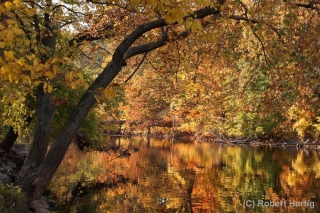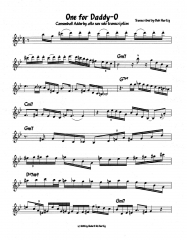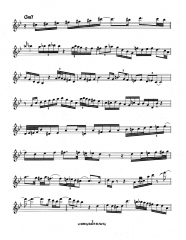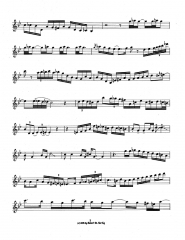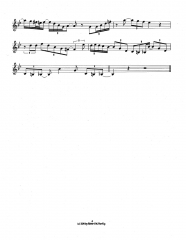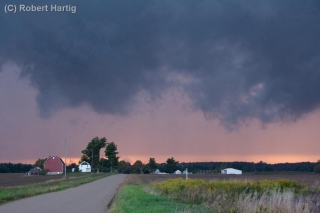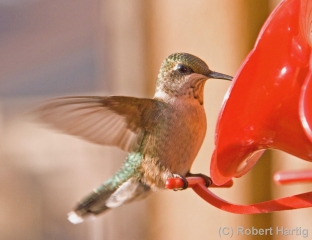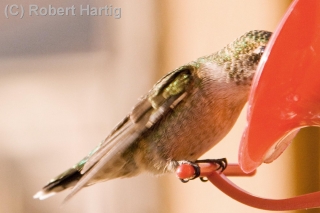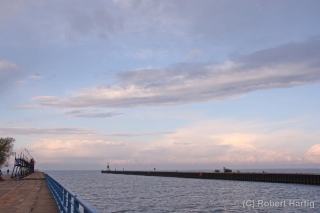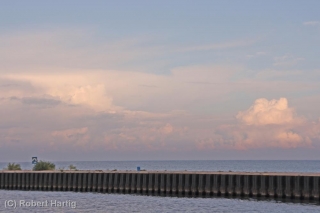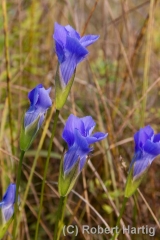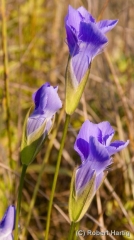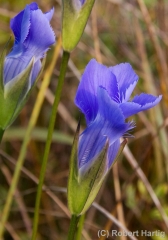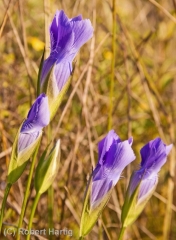In the beginning of this year, I changed Web hosts, and when I did so, I also shifted a bunch of files to my root directory. In the process, to put things simply, my image library got broken, and I had to do a lot of rewiring.
Things still aren’t perfect. While the blog is moving ahead, not all of my old posts that contain images have the right images. For instance, I just checked out an article I wrote that was supposed to include a Cannonball Adderley solo transcription of the tune “Hurricane Connie.” But instead of the transcription, I found two photos of pitcher plants.
Much as I love my pitcher plants and enjoy my photos of them, I don’t like them in that article. I’ve made the correction, and now in place of the pitcher plant images you’ll find the transcription for “Hurricane Connie.”
If you encounter similar mismatched images in a post, please let me know so I can fix the problem.
You can do so by either leaving me a comment or clicking on the contact tab in the menu bar. I’ll get your message either way and will be in your debt for helping me ensure that my older archives remain useful to you and other readers.
Thanks!
Bob
